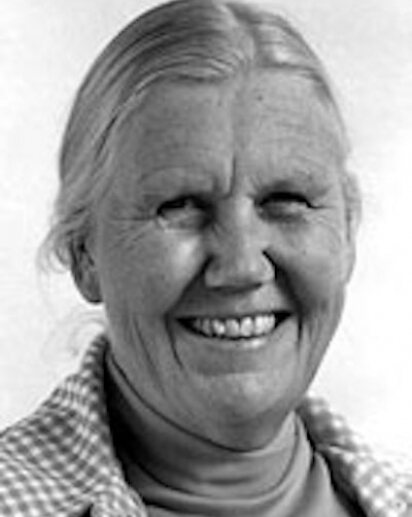We’re marking World Futures Day with a focus on futures and peacebuilding. This is one of the seven challenges our Next Generations Foresight Practitioners’ network, is addressing, working with SOIF. Their peace-building manifesto will be published this month.
There’s a long tradition of this in the futures community, including work by Elise Boulding and Warren Ziegler, Robert Jungk, and Johann Galtung. Much of it has been overlooked. In contrast, there’s much more attention paid to futures work on defence and security.

Boulding and Ziegler’s work was about imagining a future non-violent world. Elise Boulding described the origin of these workshops like this:
(I)n the late 1970s… I began to realize that we peace activists, working to bring about a nonviolent world without war, really had no idea how a world in which armies had disappeared would function. How could we work to bring about something we could not even see in our imaginations?
She asked participants to look 30 years into the future, to a world without weapons. Then she asked them how things worked in that world, and to look back at how it had come about.
Johann Galtung and Robert Jungk had convened the futures conference Mankind 2000 in Oslo in 1967 because they wanted to democratise futures. As Jungk wrote in the introduction to the conference, futures research had grown to a large “think industry”:
But almost all this work had so far been financed mainly directly or indirectly by the armament effort.
Sharing an orange
Galtung went on, much later, to develop the ‘Transcend’ method on peaceful conflict resolution for the United Nations. He has a well known thought experiment that runs like this:
Imagine a table. On that table is one orange. Sitting at the table are two children. What happens to the orange?

Our colleague April Ward, whose doctoral research is on futures and peace-building, has written a blog post on this experiment. People often get stuck on the orange, making some justification for an outcome based on status or need or power. Galtung’s own list ran to 16 solutions. The final one is worth quoting:
Time is worth it: the kids divide the orange, and save the seeds and plant them. Some time later that tree produces oranges, which they in turn share, eat, and re-plant and in time create a profitable orange grove business together.
So this is the big question on peacebuilding and reconstruction. How do we manage disputes and difference without violence? The problem is likely to get worse. The slow violence of climate change and inequality will create more potential for conflict. We hope that our peacebuilding challenge will contribute some new ideas.
See also SOIF’s contribution to the section on Peacebuilding and Post-Conflict Reconstruction (page 90) in ‘Global Uncertainties’, edited by Kate McNeil and Tristram Riley-Smith.
